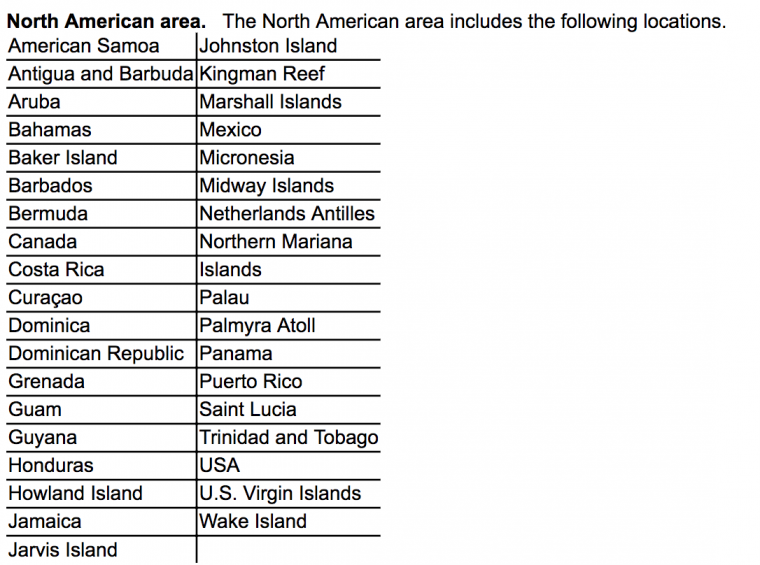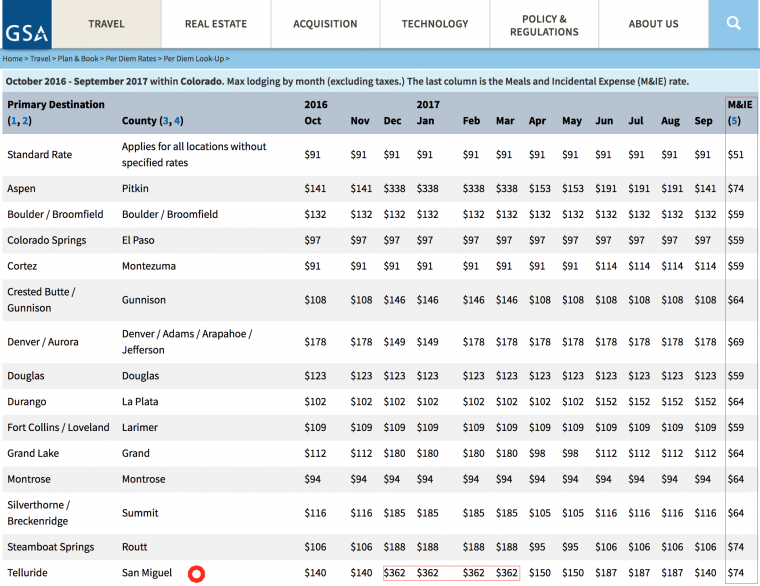Here’s three different ways that you might be able to deduct the cost of a cruise. When dealing with taxes we must remember that this is always a positional argument. We hope to find a part of the tax code that supports us, and must remember that the IRS can challenge that position in exam. It’s very much YMMV.
That said, there are (at least) three different scenarios that would allow a person to deduct the cost of a cruise.
- Conference at Sea
- Travel via Vessel
- Travel on the Vessel
Conference at Sea
If you were to attend a conference on a cruise ship, it could be deducted to the limit of $2,000 per year. Additionally, the ship has some special rules:
- Must be a US Flagged Vessel (most are not, as they register in the Bahamas)
- Cruise ports must be within the US, or its possessions.. this is actually more liberal than it sounds, with the following options.
- Must meet criteria for the work/play balance, as explained in the full list of rules here

Travel via Vessel
Publication 463, which explains the conference at sea rules above, also breaks out a different type of deduction, called ‘Luxury Water Travel’.
Luxury Water Travel
If you travel by ocean liner, cruise ship, or other form of luxury water transportation for business purposes, there is a daily limit on the amount you can deduct. The limit is twice the highest federal per diem rate allowable at the time of your travel. (Generally, the federal per diem is the amount paid to federal government employees for daily living expenses when they travel away from home within the United States for business purposes.)
This is a very generous deduction, as the highest level of federal per diem is already a high number, and doubling it should cover all but the most exotic of cruises. Interestingly, the highest per diem is Telluride, CO which is just ahead of Aspen.
It’s important to note that the Per Diem is seasonal and the calculation must be ‘at the time of your travel’. Telluride and Aspen both have very high per diems during their peak ‘snow season’ but if you use another time of year, you should look for a different city to base from.
Here’s the link to the GSA website, but if you are hunting out the highest amount, it is helpful to search the excel files here in their archive using the MAX(function).
Per diems here are a cap on deduction. Example for Telluride:

In the above you can see a large price increase from off season, November for $140 and December for $362. Therefore, it would be better to pick a different base city if your cruise was in November, from this list you can see that Denver grants $178, but if you swap to a more consistent city, such as Manhattan, you’ll do better still.
The per diem calculation:
- Lodging plus M&IE = Per diem, then double it
Telluride in December
- $362+$74 doubled = $872
The result of this is that if you have a 7 day cruise, your cap for the deduction would be $6,104. It is important to remember that the per diem used here is a cap on your actual expenses, vs using Per Diems in other ways, such as not tracking actual expenses.
Also note that if the cruise breaks out dining as a separate line item it is subject to the 50% cap. This most likely would occur today if you visit the ‘premium dining’ options that you pay a cover charge for onboard.
Travel on the Vessel
I would argue that travel on the vessel is calculated in the same manner as Travel by the vessel. The difference here is who can invoke the rules and regs and claim a valid deduction.
Travel on the Vessel would be someone who is not attending a conference/meeting at sea, but rather using the cruise itself as a business expense. The perfect example of this is a travel blogger or photographer. People fail at claiming this deduction when they start expensing large ticket items like a cruise before any real substance is built into their business, and Mark over at Travelblawg discussed a case where the IRS won.
The reason that IRS won their position to disallow the deductions was that there was no substantial proof of the underlying business, so if you take an established site, that has revenue, and you produce substantial content from the trip, you’re in a very different position. This should rule out those crazy few of you who think it is a good idea to go the route of ‘Mike’ in the above post, but maybe give some ideas for others.
For those with a genuine business infrastructure in place, you’d then need to ensure that you put in sufficient work during the cruise to pass the ‘reasonableness test’. This can mean that you have records of work done on a daily basis.
Travel ‘via’ the vessel could apply to a wider pool of people, since you don’t need that established travel website/book to partake in it. However, you’re going to need to have proof that the reason for the trip is business. The guidelines for business in all these cases require more than 4hrs of business per business day. A minute more is enough.
Final Thoughts
It is very tempting to try to deduct things like this, if you do, remember that you need to keep solid records. Personally, I fit the bill in order to have the established business, and take a lot of cruises, but I do not deduct them at this time, because I don’t want to dedicate 4hrs and 1 minute of each day of my cruise towards work. While I inevitably do some work, I don’t want to feel beholden to logging those hours, and like to break free when I want.
That said, I do like building infrastructure for future possibilities (the Framework™) so i’m in position to do this. If you notice a lot of trip reports in the future, it might be that I decided it was time to take some more deductions….
Huge red flag for an audit. You are also very limited as there are not many US flagged vessels. Here is the list.
http://www.meetingsonships.com/Page/USRegisteredShips
If you think about it would be reported, I’m not sure it would be a huge red flag. How would the IRS know that you deducted a cruise rather than a flight unless they were already auditing?
Note that you are limited to the US flagged vessels only for one of the three options listed in the post.
“Cruise ports must be within the US, or its possessions.. this is actually more liberal than it sounds, with the following options.”
Then the list contains….Canada?? Ummm whaaaa?
Thanks for the comparison of travel via vessel vs travel on the vessel. An independent contractor TA, my wife is going to be at sea later this year working as a hostess for Virtuoso sponsored events.
From what I read here, as long as she clears the 50%+ per 8 hr work day dedicated to the business of hosting, we can expense her cost of the cruise based on the travel on the vessel classification.
She’s been filing her schedule C for 4 years with the last 2 showing revenue amounts reflective of a full-time start-up business with a profit so we have the established business requirement covered.
The costs to get to the cruise in the Med would be legitimate travel and meal expenses.